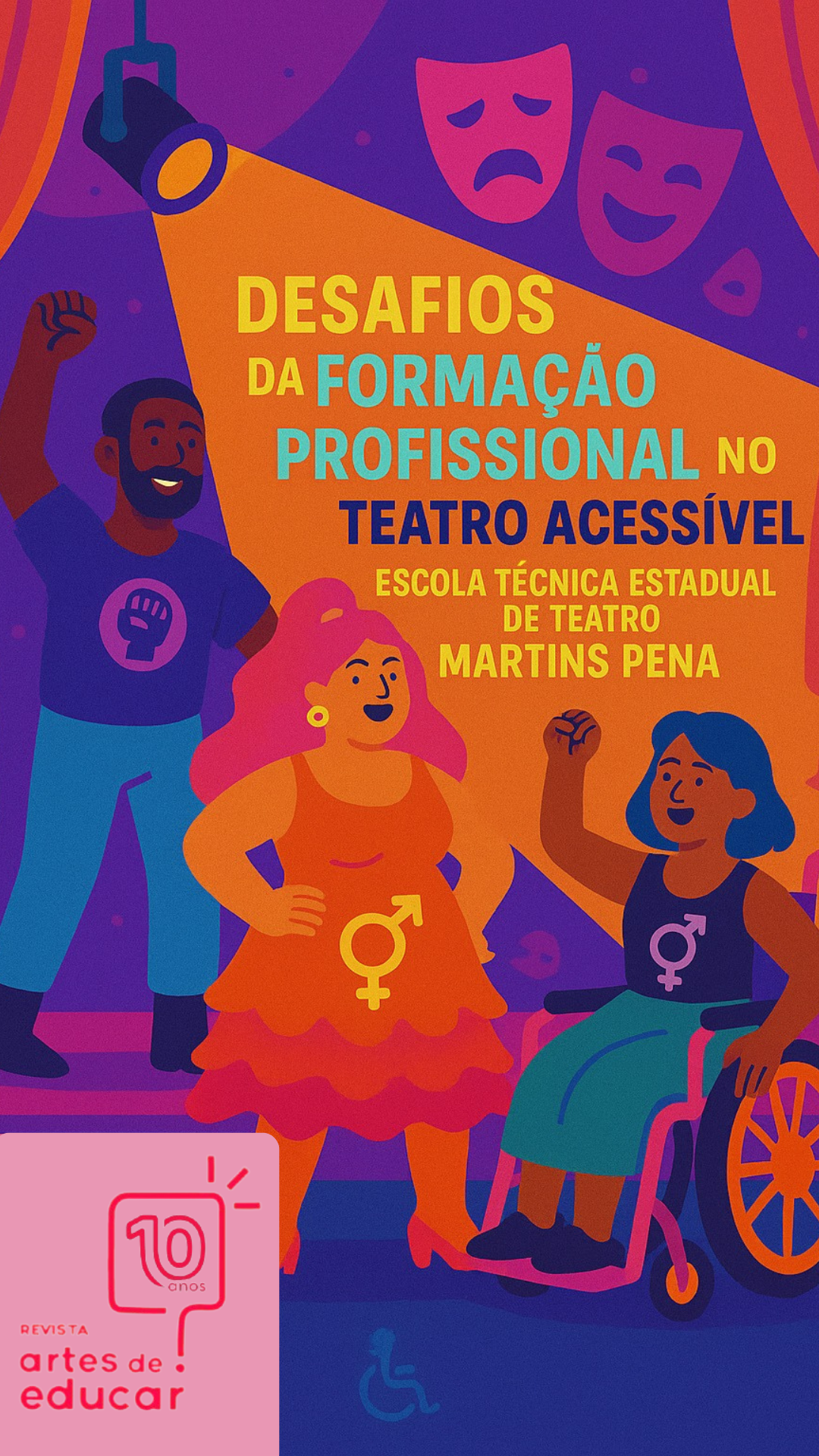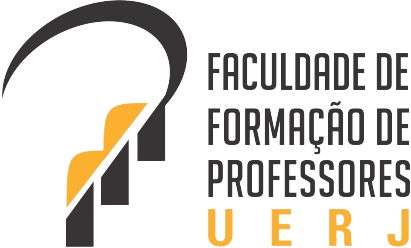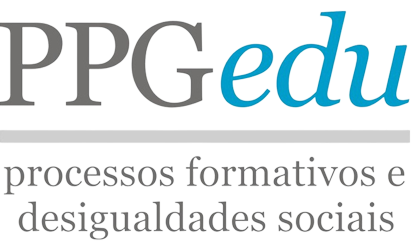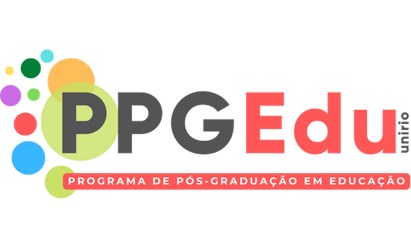Sovereign bodies on stage and in life: an applause and two memories of teaching theater for the Visually Impaired
DOI:
https://doi.org/10.12957/riae.2025.87546Keywords:
Visual impairment, Inclusion, Theater Teaching, Inclusive valuesAbstract
The education in the humanities aims to provide the development of subjectivities, the stimulation of criticality, the proposition of debates and the resolution of problems, but, above all, the formation of students who actively participate in society. In addition to the development of aesthetic appreciation and their formation as spectators, this qualitative research was animated by the objective of reflecting on the process of inclusion through the experience of three (3) art teachers. Based on the implementation of inclusive values and the development of cultures, policies and practices, research was carried out based on the procedures of Oral History. The background of the two interviews conducted with Theater Teachers was the participation of visually impaired students during their classes in a school in Rio de Janeiro. When commenting on the participation of these students in the proposed activities, both highlighted the importance of teaching Theater to break barriers of exclusion and the promotion of social belonging of people with Visual Impairment, which appears to be a positive contribution to reflections on inclusion.
Downloads
Published
How to Cite
Issue
Section
License
Copyright (c) 2025 Leonardo de Carvalho Augusto

This work is licensed under a Creative Commons Attribution-NonCommercial 4.0 International License.
Authors retain copyright to their work, are permitted to publish and distribute their work online (e.g., in institutional repositories or on their personal page) at any point before or during the editorial process, as this may generate productive changes, as well as increasing the impact and citation of published work.
The acceptance of the text implies the authorization and exclusivity of the Revista Interinstitucional Artes de Educar regarding the right of first publication, the published works are simultaneously licensed with a Creative Commons Attribution-Non Commercial 4.0 International License 























